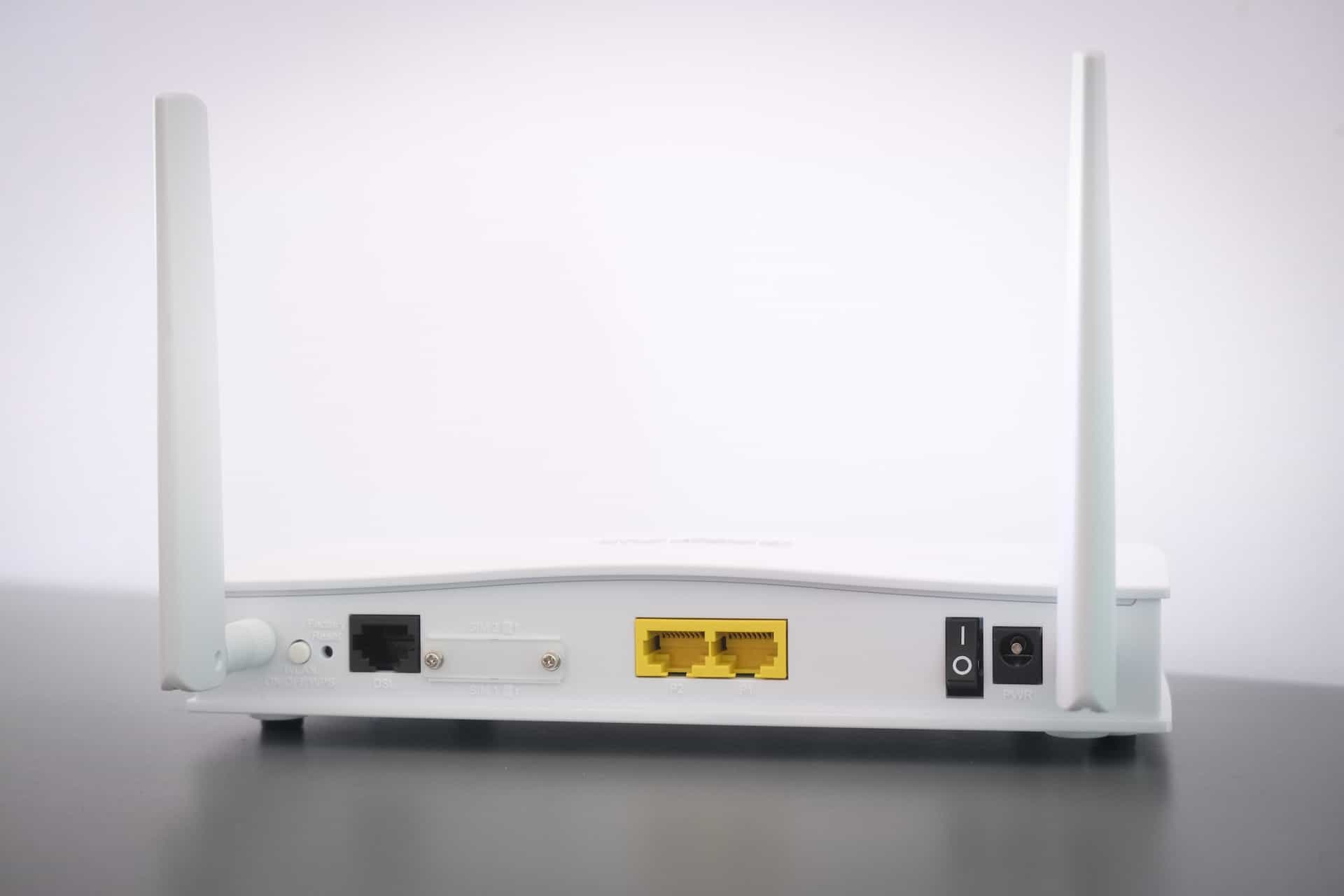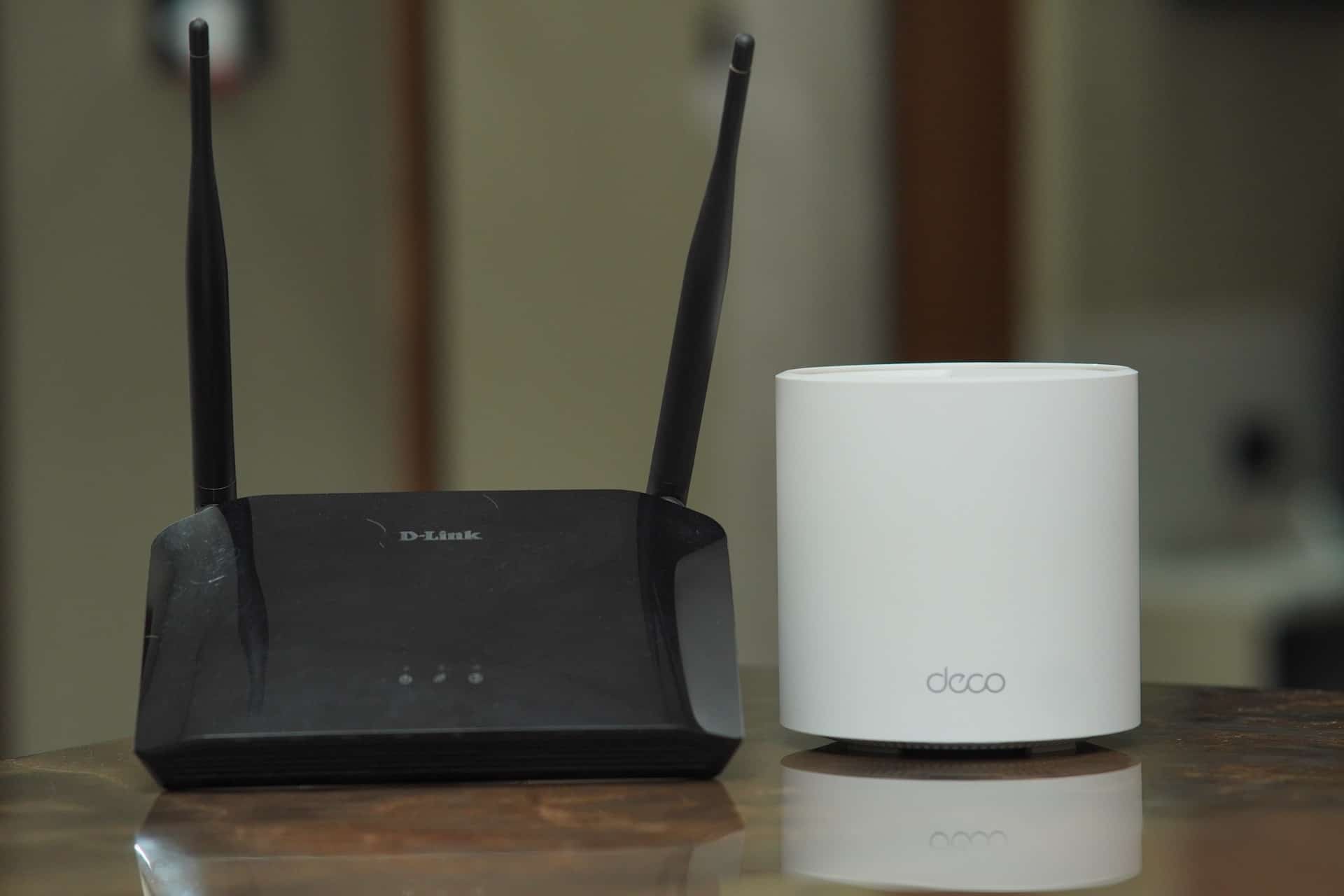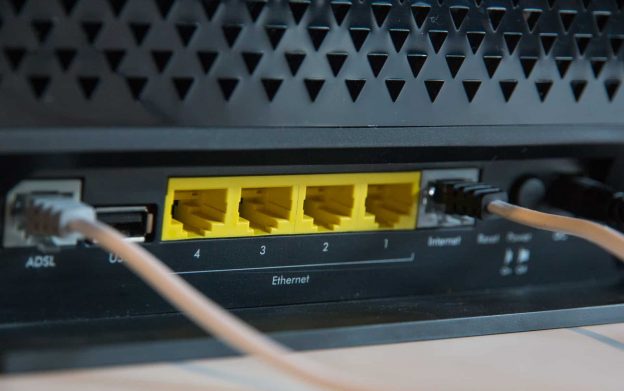As our lives increasingly move online, the security of our internet connections has become more vital than ever. Unfortunately, routers, the gateway to our digital world, can become a prime target for hackers seeking to steal sensitive information or disrupt our internet experience. If you suspect that your router may have been compromised, it’s essential to know how to rectify the situation swiftly and securely.
In this guide titled “How to Fix a Hacked Router: Safe & Secure,” we will walk you through a step-by-step process on diagnosing, troubleshooting, and securing your router from potential threats. Whether you are a seasoned tech enthusiast or a beginner, these comprehensive instructions will help you regain control of your router and fortify its defenses against future attacks. Continue reading to learn more about ensuring the security and smooth operation of your home network.
Related Link: How To Switch Internet Providers: Simple & Easy Guide
Reclaiming Your Router: Understanding the Importance
In today’s digital era, maintaining control over your home internet router is not just important—it’s crucial. Whether it’s for remote learning, working from home, or simply monitoring your home security systems, a secure and reliable internet connection forms the backbone of most households. If you’ve somehow lost complete control of your internet device, your first move should be to disconnect the router by unplugging it from the wall. This should be done for at least one minute to make sure all existing connections are dropped and the router cache is cleared.
Have any questions about what you can do on the internet? Get help now by contacting us today!
Factory Reset: Regaining Control
In cases where your router has been compromised, a factory reset often serves as the quickest and most effective solution. Once the router is reconnected, resetting it to factory settings should eliminate any potentially compromised passwords. Subsequently, you’ll need to reconnect using the default administrative settings—typically a default IP address (like 192.168.1.1) and a manufacturer-provided password. It’s recommended to immediately change these credentials to something unique and memorable to prevent future breaches. Remember, this password secures your router management console and should be distinct from your Wi-Fi password.
Updating Your Wi-Fi Network: Essential Security Measures

Once you’ve regained control of your router, it’s time to update all related administrative information. Many routers, such as those from Cisco Linksys, come with a default Wi-Fi network name (like “Netgear”). Changing this to something less recognizable can offer an added layer of protection against brute-force attacks. Once you’ve accessed your device’s Wi-Fi settings, you can alter the network SSID to something unique, ensuring your guest network is labeled differently from your main network. Also, make sure to establish different passwords for each of these networks, distinct from your router administration login credentials.
Firmware Updates: Patching Up the Defenses
Firmware acts as the operational backbone of all technology devices, irrespective of size. Like any software, it’s prone to occasional bugs and vulnerabilities, which manufacturers patch through firmware updates. Therefore, after securing your router with updated credentials and SSID, it’s prudent to check for firmware updates. These may contain vital security enhancements that fortify your router against potential threats.
Indications Your Router Might Be Compromised
Suspecting a hacked router can be stressful, but recognizing the signs early is the first step towards securing your network. Some immediate indications include a noticeable slowdown of activities like email, video streaming, and music playback. You may also find certain passwords no longer work, applications behave unusually, or search results on Google seem skewed. Persistent prompts for username and password, vanished background images, or your phone camera turning on without prompt are more serious signs. Sometimes, these issues can be attributed to your internet service provider (ISP), so it’s wise to confirm with neighbors before jumping to conclusions. However, if these issues are unique to your network, your router could be compromised.
The Red Flags: Failed Logins and Unfamiliar Apps
A common sign of a compromised router is being unable to log into it. If you’ve decided to check your router settings due to slow internet speeds and your administrative passwords aren’t working, your router could have been hacked. This is especially true if you never changed the default username and password during setup, as hackers often target routers with default credentials. Moreover, discovering unfamiliar apps and software on your device is another sign of potential intrusion. Hackers who control your router can redirect you to rogue websites—a tactic called HTTP redirect—potentially leading to malicious software installations.
Seeing Strangers: Unfamiliar Devices and Ransomware Threats
One shocking discovery you might make when accessing your router settings is finding unfamiliar devices connected to your network. Should you notice a device you don’t recognize, immediately block its internet access. Also, if you’ve started receiving pop-up messages demanding a ransom in Bitcoin, your network might have fallen victim to a ransomware attack. These attacks have increased as remote work becomes more prevalent. Don’t panic during a ransomware attack—disconnect your router, update and run your antivirus software, and restore your system from a previous backup if necessary.
Related Link: What Is DSL Internet? Service and Connection Guide
Browser Hijacking: Unexpected Website Redirects
Another clear sign of a hacked router is consistent redirection to an unexpected website, regardless of your initial web request. This could occur due to browser hijacking or DNS hijacking, where a hacker controls your browser settings. Attempting to use different browsers, sending emails, or accessing secure sites like your online banking can help determine if this is the case. Ensure the URLs of the websites you visit are correct, as hackers often subtly alter them to deceive users. If redirects persist, restore your browser settings to default.
Unwanted Intrusions: Malicious Code on Devices

Finally, if a hacker has control over your router, they can inject malicious code into your devices, such as phones, IoT devices, or gaming consoles. This could include rootkits, malware, and other exploits. Signs of such intrusion may range from device cameras activating on their own to unexpected device behavior. The hacker’s intent could vary from remaining dormant while monitoring your activities to using your devices to launch attacks on others immediately.
Still have questions about your internet options? Contact us for assistance!
Securing Your Network: The Final Step in Fixing a Hacked Router
In the era of constant digital communication and smart home technologies, securing your home network has never been more critical. Understanding the signs of a compromised router and the methods to restore your network’s integrity can safeguard your privacy, financial security, and peace of mind. Moreover, it’s paramount to remember the importance of preventive measures such as changing default router credentials, regular firmware updates, and vigilant monitoring of your network for unfamiliar devices or applications.
As you strive to create a secure and reliable home network, consider exploring the internet options available at VMedia. Providing a comprehensive range of flexible and affordable internet packages, VMedia is committed to delivering high-quality services that cater to your specific needs. Whether you’re a casual browser, a work-from-home professional, or a heavy gamer, VMedia has a plan designed for you. Securing your network begins with a reliable and reputable internet service provider. Choose VMedia for a safe, secure, and seamless online experience.
Related Link: How to Login to Your Router and Change Wi-Fi Settings

